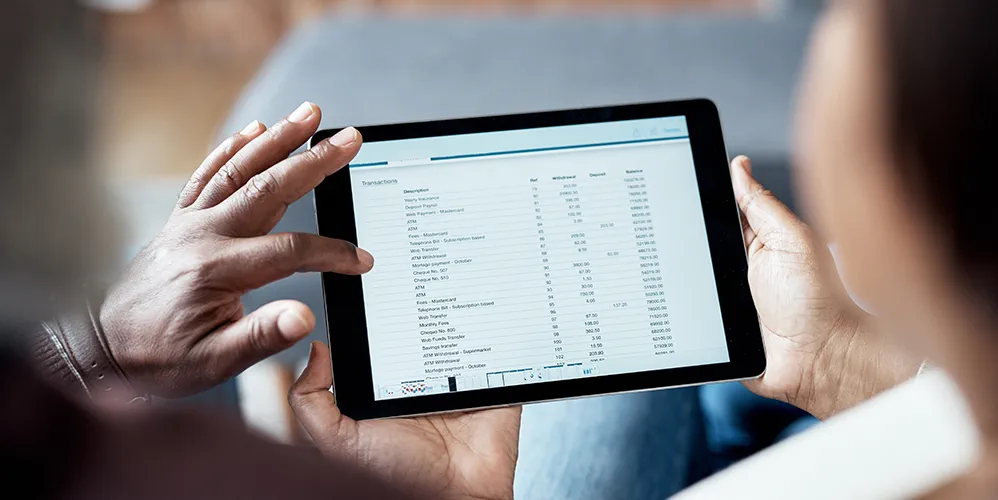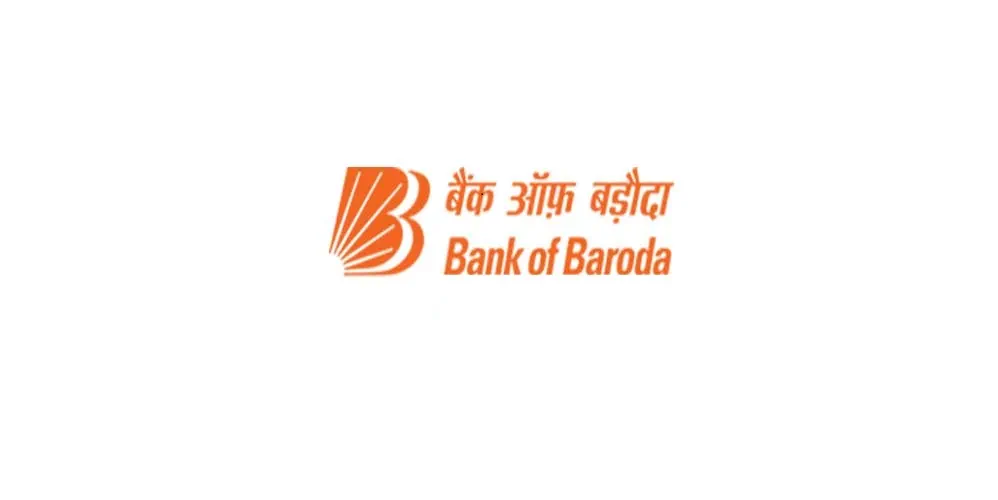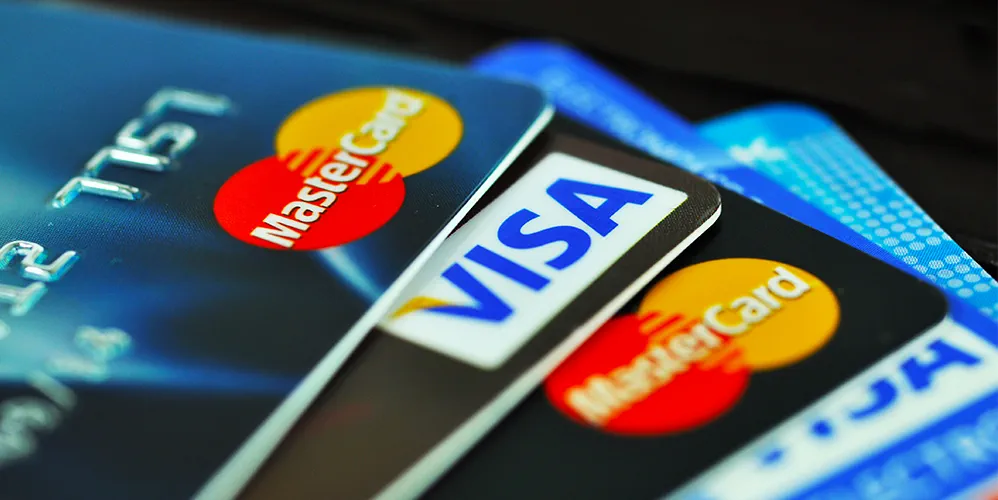
What is a Bank Statement - Meaning, Features and Benefits
02 Aug 2024

Table of Content
In today's financial landscape, it's essential for everyone to understand what bank statements are. whether you're an individual managing your personal finances or a business handling transaction. Essentially, a bank statement is like a detailed report for your bank account. It records every money move you make—like deposits, withdrawals, transfers, and any fees—over a specific period, giving you a clear picture of your financial situation. This article aims to delve into the meaning, features, and benefits of a bank statement, highlighting their importance in managing money effectively in today's financial landscape.
Let us understand what a bank statement is:
At its core, a bank statement is like a report card for your bank account, offering a comprehensive overview of your financial transactions within a specified period. It details every aspect of your monetary activities, from deposits to purchases and any associated fees. Much like a meticulously compiled summary, it provides insight into your spending patterns and helps in assessing your financial health. By scrutinizing your bank statement, you gain clarity on where your finances stand, how effectively you're saving, and areas where adjustments may be needed. It's a valuable instrument for financial management, empowering you to make informed decisions about your money. The use of bank statements transcends mere documentation; it serves as a strategic tool for navigating your financial path. Whether you're earmarking funds for a specific goal or diligently managing your expenses, keeping a vigilant watch over your bank statement is indispensable for maintaining financial control and stability.
Features of bank statements:
Bank statements offer a range of helpful features to give users a complete view of their finances. These features include detailed transaction records, current account balances, interest earned on savings, and any fees charged. Additionally, modern bank statements often provide extra tools like sorting transactions into categories and showing spending habits through graphs. These additional functionalities make bank statements even more useful and easy to understand, helping users manage their money more effectively.
Benefits of Bank statement:
Bank statements provide users with a comprehensive overview of their financial status by incorporating various useful features. These include detailed transaction records, showcasing every deposit, withdrawal, and transfer made within a specified period. Moreover, they display current account balances, giving individuals insight into their available funds. Additionally, Bank statements highlight interest earned on savings and any associated fees, ensuring transparency in financial transactions. In today's digital era, modern bank statements offer enhanced functionalities such as categorizing transactions and presenting spending patterns through graphical representations. These additional features make it easier for users to interpret their financial data, facilitating better money management and informed decision-making. Overall, your bank statement plays a vital role in empowering individuals to track their finances effectively and achieve their financial goals.
The Role of Bank Reconciliation Statements:
A bank reconciliation statement is essential for financial accuracy and integrity. They compare bank transactions with accounting records, ensuring consistency and identifying errors. This process maintains reliable financial reporting and aids in fraud detection. Five key importance of bank reconciliation statements includes: ensuring accurate financial records, detecting discrepancies, preventing financial mismanagement, facilitating informed decision-making, and ensuring compliance with regulatory requirements. By reconciling transactions, organizations uphold financial transparency and accountability, enabling them to effectively manage their finances and meet regulatory standards.
Types of Bank Reconciliation Statements:
Various types of bank reconciliation statements exist, customized to suit specific organizational requirements. Manual reconciliation involves meticulous scrutiny of transactional data, whereas automated reconciliation leverages technology for efficiency gains. Both methods present unique advantages, contingent upon transaction complexity and organizational preferences. They collectively aim to guarantee precision in financial records and simplify the reconciliation process. Selecting a suitable reconciliation approach is vital for upholding financial integrity and enhancing operational efficiency within organizations. Additionally, the benefits of bank reconciliation statements include improved accuracy, error detection, and enhanced financial control.
How to Get Bank Statement Online and Offline:
With the rise of online banking services, accessing bank statements has become more convenient than ever. Individuals now have the option to retrieve their bank statement effortlessly through internet banking portals or mobile applications. By simply logging into their accounts, users can download the desired statement with ease, eliminating the need for physical visits to a bank branch. This online accessibility provides users with instant access to their financial information, enabling them to track their transactions and monitor their account activity conveniently from anywhere with internet access. However, for those who prefer traditional methods or require physical copies of their statements, visiting a bank branch and requesting a printed copy remains a viable option. This hybrid approach caters to the diverse preferences of individuals, ensuring accessibility and flexibility in accessing a bank statement. Overall, the evolution of online banking has revolutionized the way individuals manage their finances, offering unparalleled convenience and efficiency in accessing vital financial documents like the bank statement.
Importance of Bank statement:
In today's digital age, bank statements are highly important. They help us keep an eye on our money and plan our finances. Whether we're individuals or businesses, bank statements give us a clear picture of where our money is going. They show all our transactions, like when we get paid or spend money. By checking our bank statement, we can spot any mistakes or unusual things happening with our money and fix them. Plus, they help us make smart decisions about saving, investing, and managing debt. In short, bank statements are key to managing our money wisely in today's fast-paced world.
Conclusion:
In conclusion, bank statements are essential tools in today's financial landscape, offering invaluable insights for individuals and businesses. Understanding their significance, features, and benefits is crucial for maintaining financial transparency and integrity. By effectively utilizing their bank statement, individuals and organizations can confidently navigate financial complexities, ensuring long-term prosperity. Ultimately, a bank statement serves as a guiding light, illuminating your path towards informed decision-making, prudent resource management, and strategic financial planning. Their meticulous examination enables stakeholders to monitor financial activities, detect discrepancies, and optimize financial strategies. Thus, recognizing and leveraging the intrinsic value of a bank statement is vital for achieving financial security and success.
Popular Articles
Tag Clouds
Related Articles






IMPS in Banking – Full Form, Features, Transaction Limit, Charges & how it works




Unlocking Financial Efficiency: How Cash Management Services Transform Banking
-
Disclaimer
The contents of this article/infographic/picture/video are meant solely for information purposes and do not necessarily reflect the views of Bank of Baroda. The contents are generic in nature and for informational purposes only. It is not a substitute for specific advice in your own circumstances. Bank of Baroda and/ or its Affiliates and its subsidiaries make no representation as to the accuracy; completeness or reliability of any information contained herein or otherwise provided and hereby disclaim any liability with regard to the same. The information is subject to updation, completion, revision, verification and amendment and the same may change materially. The information is not intended for distribution or use by any person in any jurisdiction where such distribution or use would be contrary to law or regulation or would subject Bank of Baroda or its affiliates to any licensing or registration requirements. Bank of Baroda shall not be responsible for any direct/indirect loss or liability incurred by the reader for taking any financial decisions based on the contents and information mentioned. Please consult your financial advisor before making any financial decision.
How To Activate Debit Card
Congratulations! You have just received your new debit card and you can’t wait to use it! Whether it's a replacement for an old card or your very first one, you're now on the path to making quick and easy transactions, while managing your finances smoothly. However, before you start swiping, tapping, or using your card for online purchases, you need to go through an important process. You need to activate your debit card in order to use it. In this blog, we'll walk you through the process of activating your debit card and provide you with some valuable tips to ensure a smooth experience.
A Step-by-Step Guide to Setting Your New ATM Card PIN
Find out how to generate your ATM card PIN with the Bank of Baroda's step-by-step guide. Explore the activation process, choose a secure PIN, and get tips on keeping it safe. Read more about generating a new ATM PIN here!

